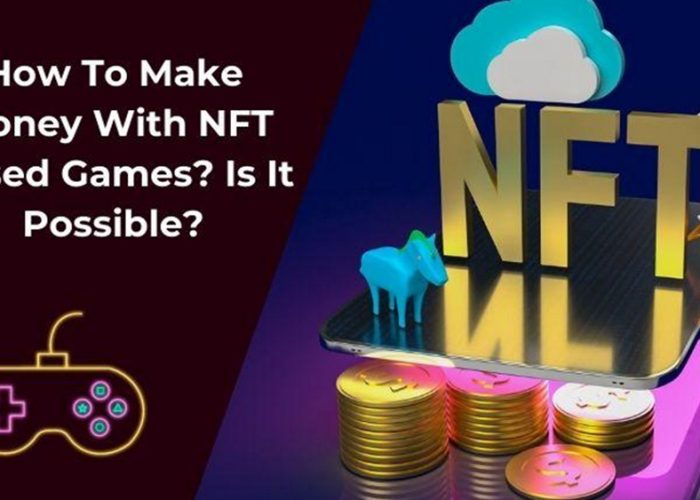The conception of” playtoearn” gaming has exploded in fashionability in recent times, with further and further players looking to turn their love of gaming into a source of income. But for those who are new to the world of playtoearn, the conception can be a bit confusing. In this freshman‘s companion, we’ll take a look at the rise of play– to- earn gaming, how it works, and some of the pros and cons to consider.
So, what exactly is playtoearn gaming? At its utmost introductory, it’s a type of gaming where players can earn real– world prices for their in- game achievements. These prices can take numerous forms, from in- game particulars that can be traded for real plutocrat, to cryptocurrency and other digital means.
Some play– to- earn games indeed allow players to earn a share of the game‘s profit or share in other ways in the game‘s overall frugality.
The rise of play-to-earn gaming can be traced back to the explosion of the” freemium” model in the mobile gaming assiduity. With freemium games, players can download and play the game for free, but are encouraged to make in- app purchases to unlock fresh features or progress more snappily.
This model has proven extremely successful, but some players have grown tired of the constant pressure to spend real plutocrat in order to advance in their favorite games. Play– to- earn games offer an volition, allowing players to earn prices simply by playing the game and demonstrating their chops.
So how does play-to-earn gaming work in practice? It can vary from game to game, but generally, players earn prices for completing in- game tasks or achieving certain mileposts.
These prices can also be traded or vended for real plutocrat, either directly through the game or on third- party commerce.
Some games also have their own internal husbandry, with players suitable to buy and vend virtual goods using in- game currency or cryptocurrency.
There are clearly some benefits to play-to-earn gaming. For one, it allows players to earn real plutocrat while doing commodity they enjoy. It also offers game inventors a new way to engage and retain players, as the pledge of real prices can be a important motivator.
still, there are also some downsides to consider. For one, there’s the eventuality for gambling dependence , as players may feel pressure to constantly play in order to earn prices. There’s also the issue of in- game husbandry, which can be complex and constantly evolving, making it delicate for players to determine the stylish way to earn prices.
Still, there are a many crucial effects to keep in mind, If you are interested in getting started with play-to-earn gaming. First, choose games that you’ll actually enjoy playing. It’s important to find a balance between earning implicit and enjoyment. Next, do your exploration on the game‘s in- game frugality to understand how prices are earned and traded. Look into the game‘s character and player community, as well as the inventor‘s track record. And eventually, try the game out for yourself, either through a free trial or rally, to get a sense for the gameplay and in- game frugality.
Overall, the rise of play– to- earn gaming represents an instigative new occasion for players to earn real prices for their in- game achievements.
While there are clearly some pitfalls and challenges to consider, the implicit prices make it an avenue worth exploring for numerous gamers.












No Comment! Be the first one.